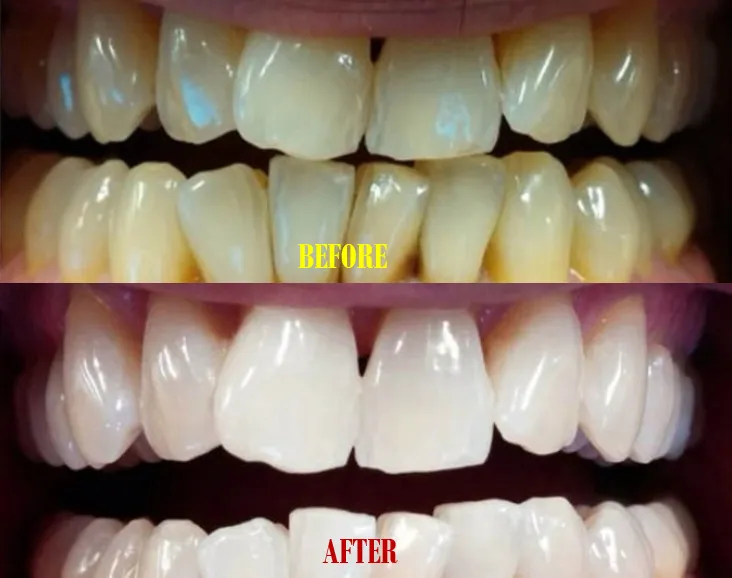Achieving a brighter smile doesn’t always require expensive professional treatments. Many people are turning to natural, cost-effective methods, and one of the most popular is using baking soda for teeth whitening. This method has gained traction due to its accessibility and the potential to remove surface stains. However, it’s important to understand the science behind it and how to use it safely and effectively. In this article, we’ll uncover the top 5 secrets to using baking soda for teeth whitening, helping you achieve a dazzling smile from the comfort of your home, all while focusing on best practices and safety.
The Science Behind Baking Soda Teeth Whitening
Baking soda, also known as sodium bicarbonate, is a mild abrasive with natural cleaning properties. It works by gently scrubbing away surface stains caused by coffee, tea, wine, and other foods and drinks. This abrasive action is key to its whitening effect, but it’s crucial to understand how it works and the potential risks to ensure it’s used correctly. Furthermore, baking soda can also help neutralize acids in the mouth, creating a healthier environment and contributing to overall oral hygiene. However, the effectiveness varies from person to person, depending on the type and severity of the stains.
How Baking Soda Works on Teeth
Baking soda’s effectiveness in teeth whitening stems from its physical and chemical properties. It’s not a bleaching agent like some commercial products, but its abrasive nature helps remove the buildup of stain-causing substances. The particles in baking soda are small enough to reach the surface of the teeth and gently lift away the stains, revealing a brighter enamel. However, it is important to be careful and use the right method to avoid overdoing it.
The Abrasive Nature
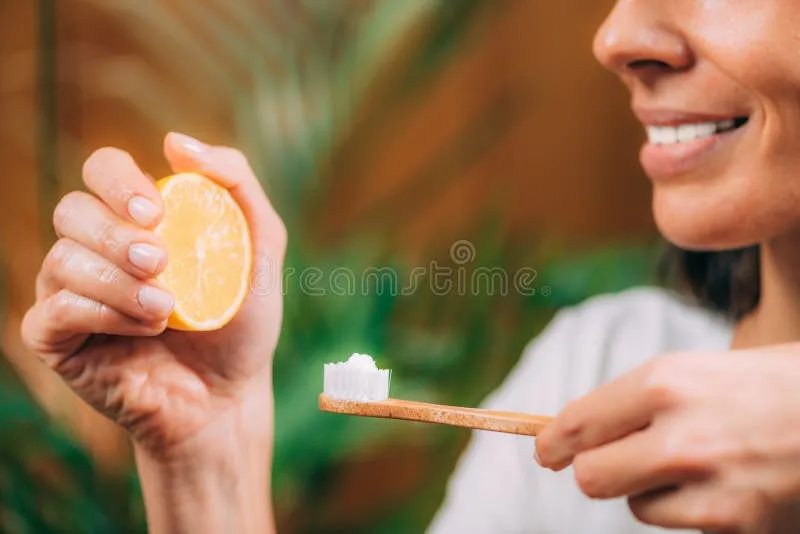
As a mild abrasive, baking soda helps to polish the teeth. This polishing action physically removes the stains that have accumulated on the enamel surface. This is a significant factor in why it’s able to remove discoloration that other methods might not, and it is one of the reasons why it’s so commonly used. Regular use, however, requires caution to avoid any damage to the enamel. Excessive abrasion can lead to enamel erosion, which can cause sensitivity and increase the risk of cavities.
Baking Soda pH Level
Baking soda is alkaline, meaning it has a high pH. This property can help neutralize acids in the mouth. Acids can erode tooth enamel and promote the growth of bacteria, which leads to cavities and other oral health problems. By neutralizing these acids, baking soda helps create a healthier environment in the mouth, contributing to a better overall oral hygiene. This is one of the additional benefits of using baking soda, but it is only one part of the larger picture.
Top Secret 1 Baking Soda & Water
The simplest method involves mixing baking soda with water to create a paste. This is often the first approach people try, as it’s easy to prepare and requires no additional ingredients. The key to its effectiveness lies in the right ratio and the application technique. Using this method allows for a direct approach to removing surface stains and brightening teeth. Proper application and consistency are key to ensure effective results, and avoiding any damage to your teeth.
The Right Ratio

The ideal ratio is typically two parts baking soda to one part water, enough to form a paste. Adding too much water can make the paste too runny, reducing its effectiveness. The consistency should be thick enough to cling to your toothbrush but not so thick that it’s difficult to apply evenly. Adjusting the amount of water is often necessary to get the right texture. Experimenting with this ratio ensures that you have a paste that works best for you, offering the optimal balance for cleaning and whitening.
Application Technique
Apply the paste to your toothbrush and gently brush your teeth for about two minutes. Be sure to use a soft-bristled toothbrush to minimize abrasion. Brush in small, circular motions, covering all surfaces of your teeth. Avoid brushing too hard, as this can damage the enamel. After brushing, rinse your mouth thoroughly with water. This method is best used a maximum of once or twice a week to prevent enamel erosion. It is a simple yet effective way to incorporate baking soda into your oral hygiene routine.
Top Secret 2 Baking Soda & Lemon Juice
Lemon juice is often added to baking soda for its bleaching properties, providing an extra boost to the whitening process. The citric acid in lemon juice can help break down stains and brighten teeth. However, this method is not without risks, as lemon juice is highly acidic. This combination can be very effective, but it is important to be careful and take precautions. It is crucial to use this mixture sparingly to prevent any damage to your teeth.
The Caution with Citric Acid
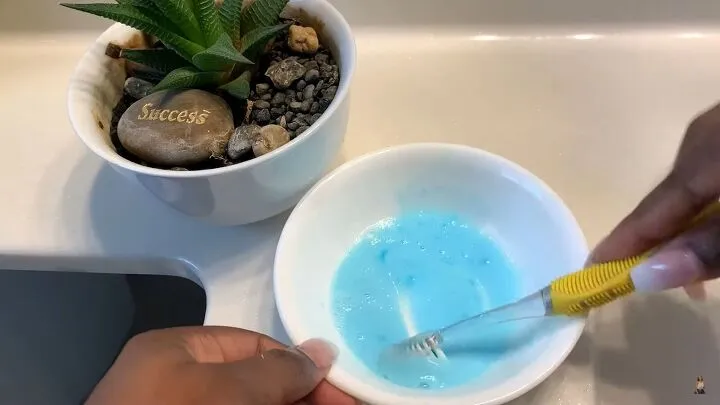
Lemon juice contains citric acid, which can erode tooth enamel if used too frequently or in high concentrations. This can lead to increased sensitivity and an increased risk of cavities. It is important to limit the use of this mixture to a maximum of once a week, or even less. Always rinse your mouth thoroughly with water after using this mixture. People with sensitive teeth should avoid this method altogether. The potential risks of using lemon juice make it a method that requires caution.
Frequency of Use
Due to the high acidity of lemon juice, this mixture should be used very sparingly, ideally no more than once a week, or even less frequently. Regular use can cause significant enamel erosion and increase the risk of dental problems. Always rinse your mouth with plain water after brushing with this mixture. If you experience any increased sensitivity or discomfort, discontinue use immediately. Consider this method as an occasional treatment rather than a daily habit.
Top Secret 3 Baking Soda & Coconut Oil
Coconut oil is known for its antibacterial properties and can provide additional benefits when combined with baking soda. This combination is a gentler alternative, offering both cleaning and oral health benefits. Coconut oil helps to moisturize and soothe the gums, reducing inflammation and promoting overall oral health. This combination provides a more holistic approach to teeth whitening and oral hygiene.
Coconut Oil Benefits
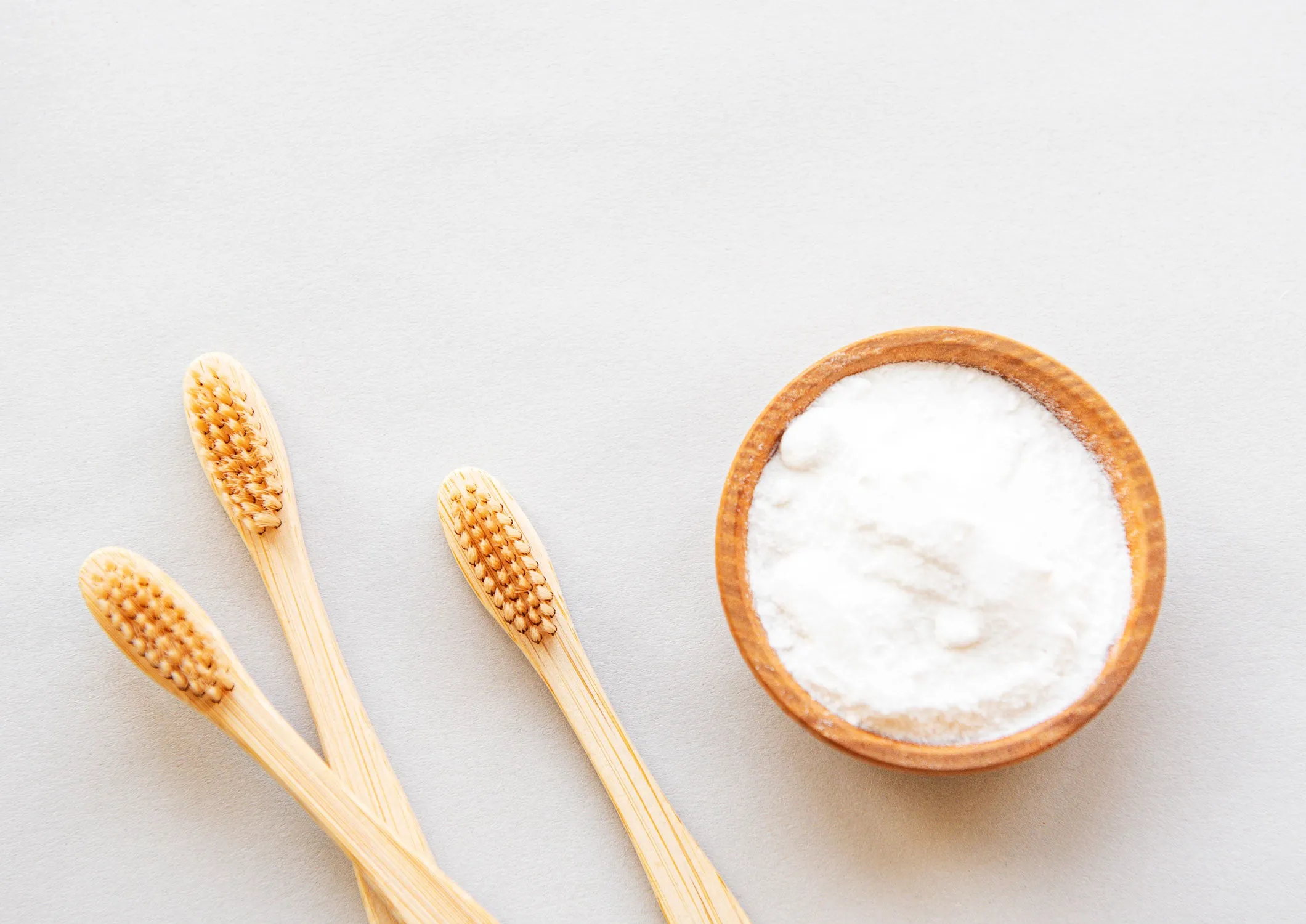
Coconut oil possesses antibacterial and anti-inflammatory properties that can help reduce plaque and promote gum health. It also moisturizes and soothes the gums. The oil helps to create a smoother, gentler paste, reducing the abrasive effect of baking soda. This combination provides a more gentle approach to whitening and improves overall oral health. The benefits of this method extend beyond just teeth whitening, making it a great addition to your oral hygiene routine.
Mixing Instructions
Combine one tablespoon of coconut oil with one to two teaspoons of baking soda, mixing until a paste forms. The consistency should be similar to that of regular toothpaste. Brush your teeth with this mixture for about two minutes, using a soft-bristled toothbrush. Rinse your mouth thoroughly with water after brushing. You can use this mixture a few times a week without the same risks as lemon juice. This gentle yet effective approach can significantly improve your oral hygiene.
Top Secret 4 Baking Soda & Hydrogen Peroxide
Hydrogen peroxide is a mild bleaching agent often used in professional teeth whitening treatments. When combined with baking soda, it can enhance the whitening effect. However, it’s important to use this combination with caution and follow safety measures to avoid potential harm. This method provides a stronger whitening effect, but it is not without risks. Careful use of the right concentrations is essential to avoid damaging your teeth.
The Whitening Power of Peroxide
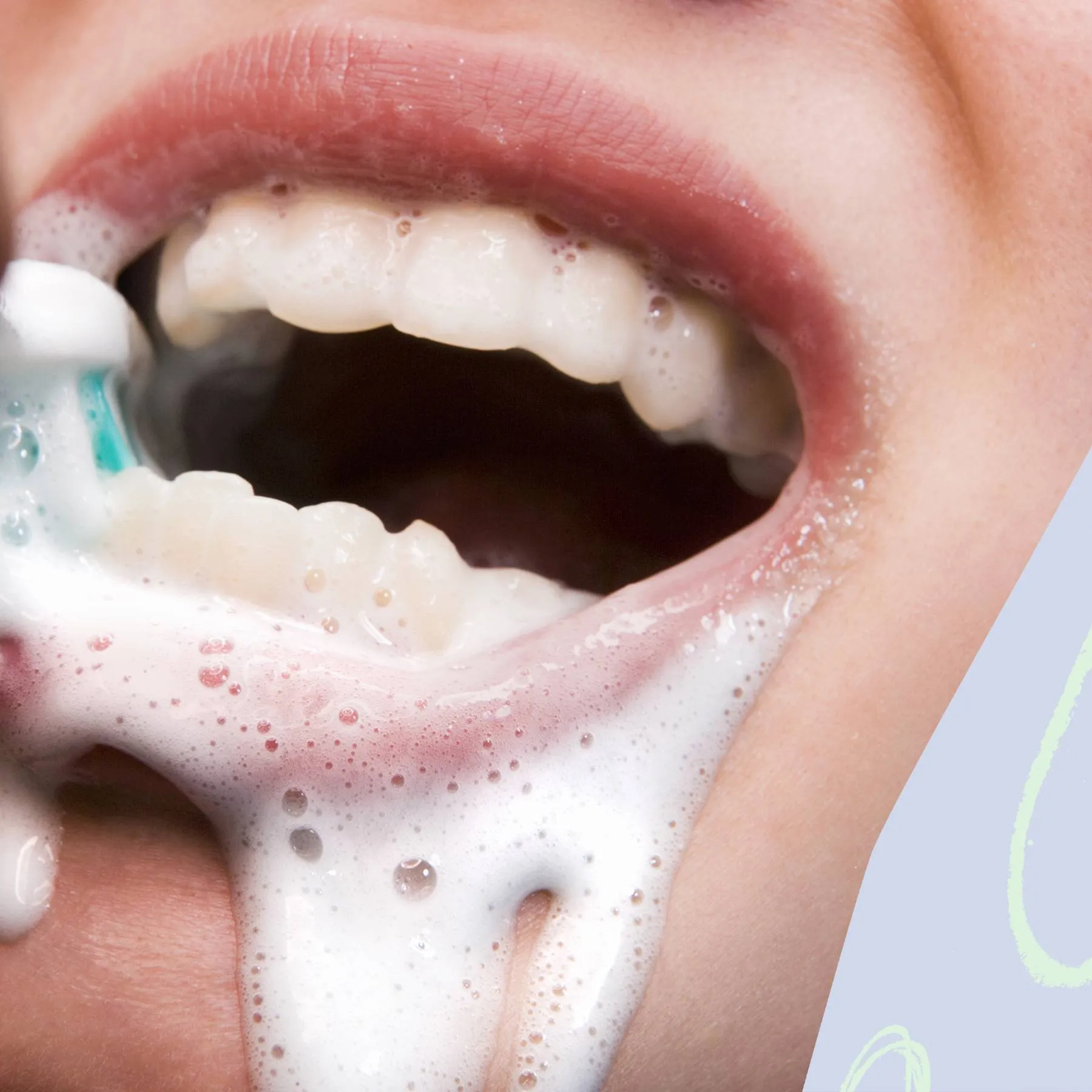
Hydrogen peroxide releases oxygen when it comes into contact with your teeth, which helps to break down stain molecules. This can lead to a noticeable whitening effect, often more pronounced than using baking soda alone. However, the effectiveness of hydrogen peroxide depends on its concentration, and using a higher concentration doesn’t always lead to better results. It’s important to know the risks of this method to get the desired results without damaging your teeth.
Safety Measures
When using this combination, it’s essential to use a low concentration of hydrogen peroxide, typically 3%. Mix one teaspoon of baking soda with two teaspoons of 3% hydrogen peroxide to form a paste. Brush your teeth for no more than two minutes and rinse thoroughly with water. Avoid swallowing any of the mixture. Overuse can lead to gum irritation or enamel damage. Using this method requires careful consideration and adherence to safety guidelines. Always consult with your dentist before trying this method.
Top Secret 5 Maintaining Results
Once you’ve achieved your desired level of whiteness, the key is to maintain the results. This involves adopting habits that prevent new stains from forming and keeping your teeth healthy. Your diet and oral hygiene play crucial roles in maintaining a bright and healthy smile. Regularly cleaning your teeth is vital to prevent the build-up of stains, and making the right food choices can also help you maintain results. With consistent care, you can enjoy a bright and healthy smile for a long time.
Dietary Considerations
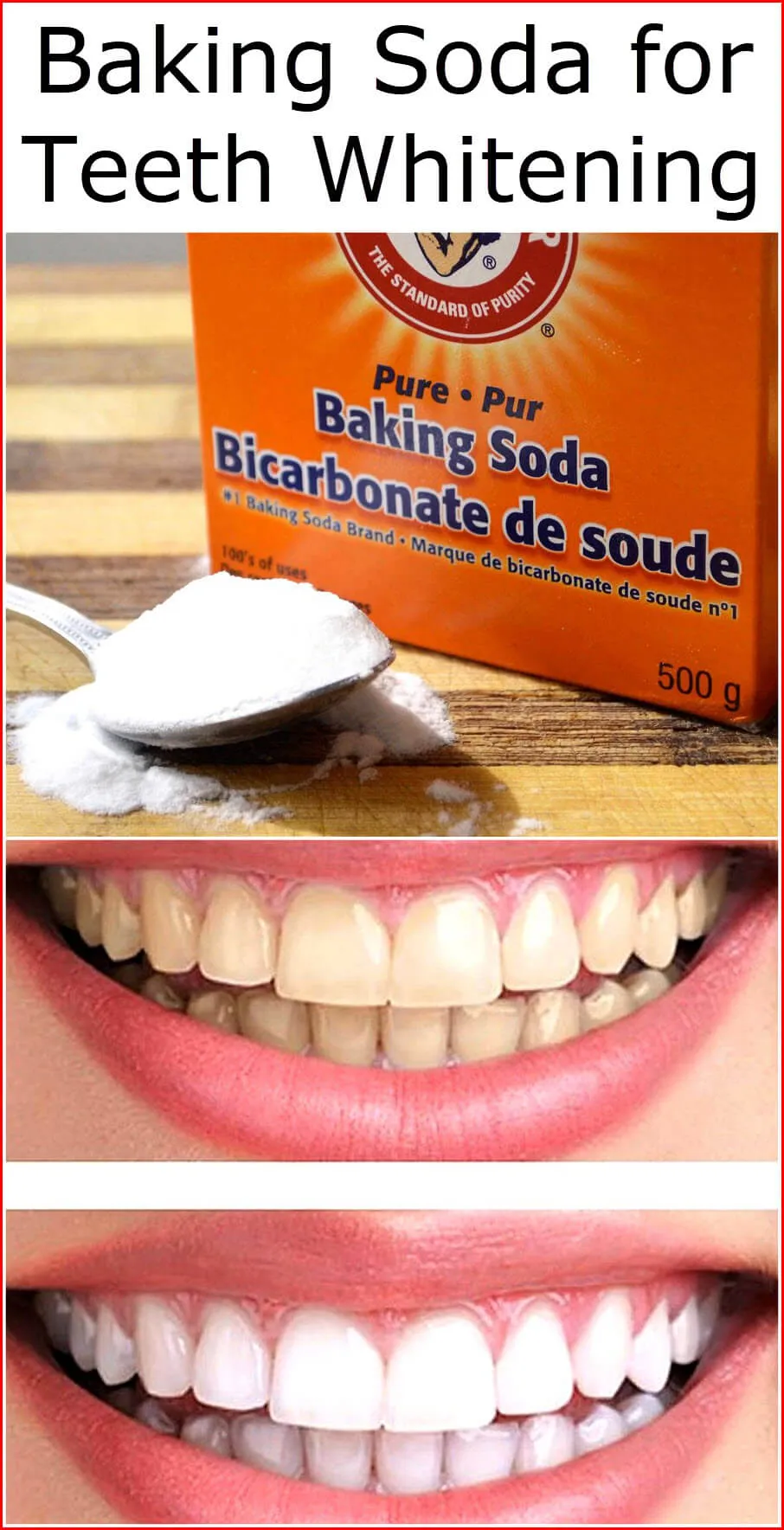
Certain foods and drinks can stain your teeth, undoing the effects of your whitening efforts. Coffee, tea, red wine, and dark-colored berries are common culprits. Limiting your consumption of these items can help maintain your brighter smile. When you do consume these items, rinse your mouth with water afterward. Eating crunchy fruits and vegetables like apples and carrots can also help clean your teeth naturally. Being mindful of your diet can make a big difference in maintaining the results.
Oral Hygiene Routine
A consistent oral hygiene routine is crucial for maintaining a white smile. Brush your teeth at least twice a day with fluoride toothpaste. Floss daily to remove plaque and food particles from between your teeth. Consider using a mouthwash to further reduce bacteria and freshen your breath. Regular dental check-ups and professional cleanings can also help to remove any stubborn stains and ensure your overall oral health. The combination of good oral hygiene and dietary choices is the key to keeping your smile bright and healthy.
In conclusion, baking soda offers an accessible and affordable way to whiten your teeth at home. Understanding the science, using the right methods, and taking necessary precautions are essential for achieving the best results while protecting your enamel. By following these 5 secrets, you can unlock the potential of baking soda and enjoy a brighter, healthier smile. Remember to always consult with your dentist for personalized advice and to address any underlying oral health concerns. With a little knowledge and care, you can achieve a dazzling smile.
